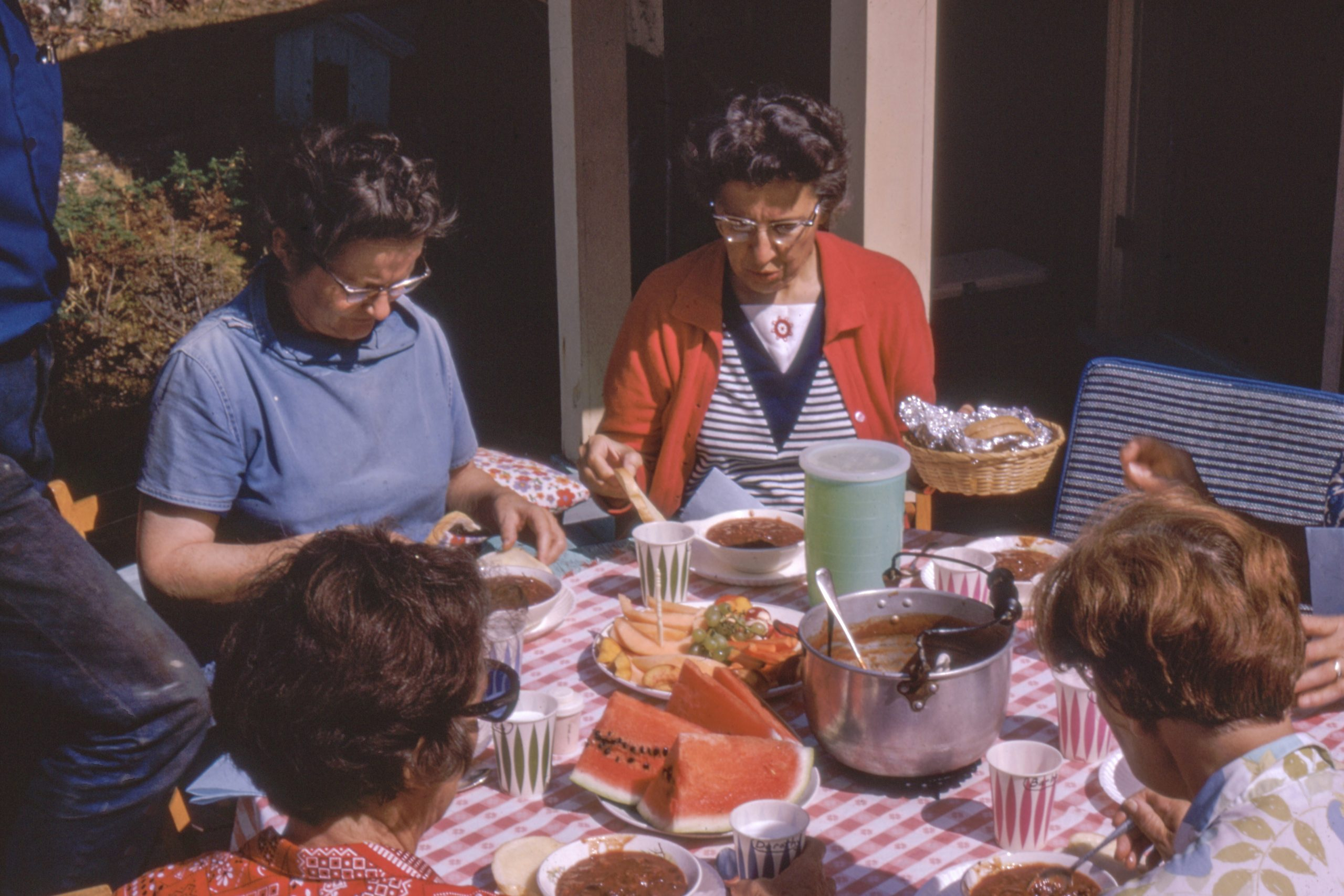Muscle Car Renaissance: Why Retro Models Are Dominating Sales
The muscle car industry has been experiencing a renaissance in recent years, with a resurgence of interest in retro models dominating sales. These classic cars from the 1960s and 1970s are making a comeback and capturing the hearts of car enthusiasts and everyday consumers alike. But why are these vintage models suddenly so popular? In this article, we will explore the reasons behind the muscle car renaissance and the factors that have contributed to the dominance of retro models in the market.
Old is Gold: The Nostalgia Factor
One of the main reasons for the rising popularity of retro muscle cars is nostalgia. As the saying goes, “old is gold”, and for many people, these classic cars represent a golden era of American automobile history. For those who grew up in the 1960s and 1970s, these muscle cars hold sentimental value and transport them back to a time when life was simpler and cars were built to last.
Even for younger generations who did not experience the muscle car era firsthand, there is a certain allure to these vintage models. The iconic designs, powerful engines, and raw performance of these cars evoke a sense of excitement and rebellion that is often missing in modern vehicles. Owning a muscle car is not just about having a mode of transportation, but it also carries a sense of pride, heritage, and legacy.
Classic Design, Modern Features
While retro muscle cars may have the classic looks and nostalgia factor, they are far from being outdated. In fact, most manufacturers have given these iconic models a modern makeover, incorporating the latest technology, safety features, and improvements in engine performance. This combination of classic design with modern features has made these cars even more appealing to consumers.
Car enthusiasts often refer to retro muscle cars as “restomods” – a blend of restoration and modernization. These cars retain their original charm and vintage elements, but also come equipped with state-of-the-art features such as touchscreen displays, advanced sound systems, and performance upgrades. This fusion of old and new makes retro muscle cars stand out in today’s market and appeals to a wider range of buyers.
Limited Availability and Exclusivity
Another factor contributing to the dominance of retro muscle cars in the market is their limited availability and exclusivity. As these models were produced in the 1960s and 1970s, there is a limited supply of original vehicles. This scarcity has increased demand and, in turn, prices, making these cars not just desirable but also a status symbol for many buyers.
Moreover, certain manufacturers have brought back popular models in limited editions, adding to their exclusivity. For example, Ford reintroduced the Mustang Boss 429, while Dodge revived the Challenger SRT Demon. These limited reissues have created a frenzy among collectors and car enthusiasts, driving up demand and sales even further.
Affordable Luxury and Investment Potential
Despite their limited availability and exclusivity, retro muscle cars are also relatively affordable compared to modern luxury cars. While some rare models may come with a hefty price tag, there are also plenty of options within a reasonable price range for the average consumer. This combination of nostalgia, modern features, and affordability makes retro muscle cars a desirable choice for many buyers.
In addition, these cars also have the potential to be smart investment choices. As they are limited in supply and continue to increase in popularity, their value is only expected to rise in the future. Many car collectors and enthusiasts see owning a retro muscle car as not just a passion but also a wise investment.
Conclusion
The muscle car renaissance is in full swing, with retro models dominating sales and capturing the hearts of car enthusiasts and everyday consumers alike. The combination of nostalgia, classic design with modern features, limited availability and exclusivity, affordability, and investment potential has made these vintage models a force to be reckoned with in the car industry. Whether you’re a fan of these classic cars or a curious consumer, one thing is for sure – the muscle car renaissance shows no signs of slowing down anytime soon.











